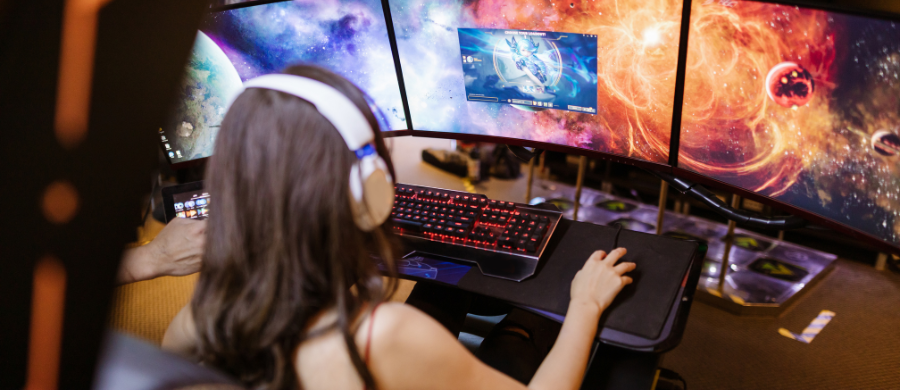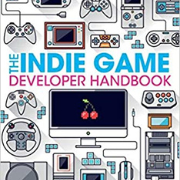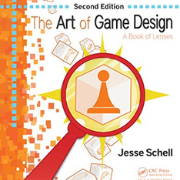Interested in creating your own video game? Here's how to start
Subject: Computer science, Multimedia and Telecommunications
Faculty member Joan Arnedo gives an overview of the phases of video game development and recommends essential content.
From conceptualization through to publication, this library guide helps you take the first steps.
Video game creation is a complex process that requires a great deal of elements from very different disciplines. The Video game development library guide has manuals, tutorials and websites to help you design and program your own video games. You can find information about the use of popular game engines, such as Unity, and programming languages (C++, C# and Lua), as well as image banks, and sound and audio resources you can use in your projects.
The library guide "is a general resource that can help any student, whatever their background, to understand the world of video game development and take their first steps," said Joan Arnedo, the guide's deviser and director of the UOC's Master's Degree in Video Game Design and Development.
Arnedo also sees it as a useful resource for Computer Science, Multimedia and Telecommunications students considering doing their final project on video game development.
Some of the guide's content can only be consulted by signing in to the UOC Library with your Virtual Campus username and password, while other resources are freely available for everyone to use.
Video game development resources
Everything starts with the conceptual definition of your project. As Arnedo explained, you first need to define the idea of your video game, making it "original and simple enough that it can be explained in a single sentence". Then, you have to expand on it in a written game design document, specifying each element of the game (plot, narrative discourse, how it is played, etc.) and even starting to outline some of its technical aspects.
The first part of the guide offers a list of manuals covering the basic theoretical and conceptual aspects of video game development, as well as practical exercises. You can learn, for example, how to create gaming experiences that really get players invested, recognize the various types of video games and understand the key aspects to be taken into account.
Once you have settled on your idea, it is time to get to work on the technical aspects: choosing the game engine, deciding what art to create and what to reuse or buy, etc.
Many of today's video games are developed with engines and libraries - tools that facilitate the creation process. To help you choose, the Library has compiled a list of the most popular ones, along with manuals and courses to learn how to use them.
You then start the programming phase and, once completed, you can submit it to the quality control and testing process with real players.
To make the most of the game engines, you can access basic guides on how to effectively use programming languages.
Publication is the final step in the video game creation process.
Consult the list of stores, portals and platforms where you can publish your game.
Key resources
Faculty member Joan Arnedo recommends two specific resources included in the new library guide:

This book provides a good summary for all levels of programmers interested in producing your own products, preparing you for the issues you're going to come up against in the real world. You can read it online at the UOC Library.

The video game conceptualization section contains a wide range of useful resources, but this is a must-read for those interested in creating any game-based experience, not just video games. It, too, is available in the Library.
While developing your video game, you may find it interesting to consult the Creating a digital project library guide, which offers information on planning, methodologies and tools, as well as success stories on which to base your game.
Experts
Lis Balcells
Operative subgroup: Librarian for Computer Science, Multimedia and Telecommunications, vocational training Operative group: Library for Learning


